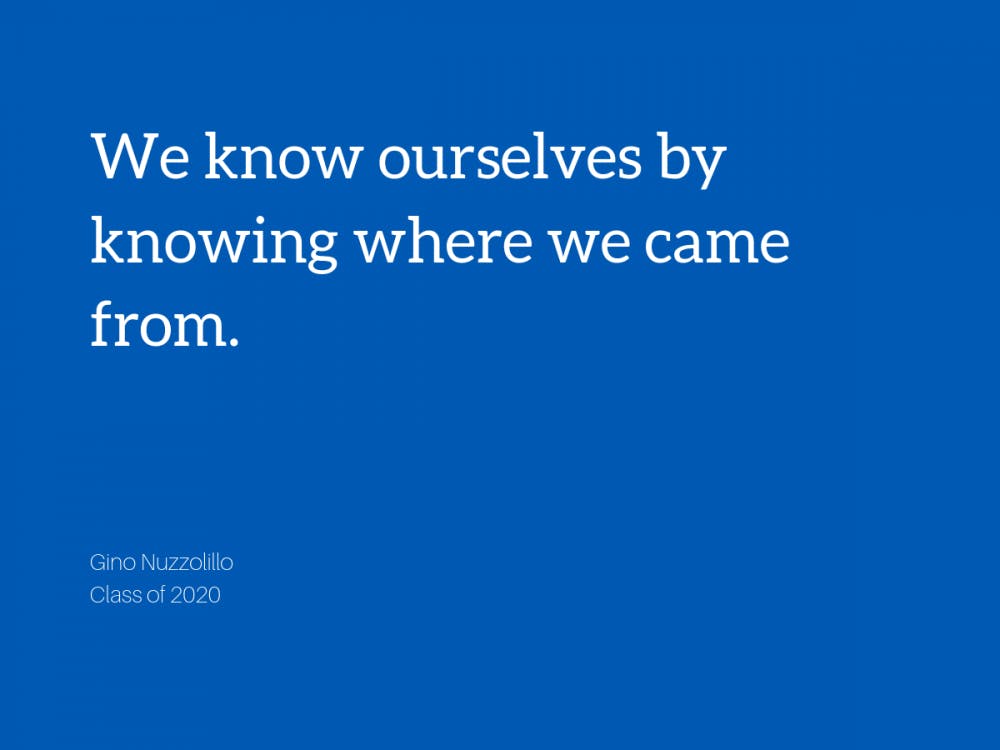I was 20 years old before I took my family’s history seriously. A month in Atlanta for a fellowship, where I listened to a friend share his ancestral stories, finally shook me from my self-absorbed daze so I could reflect on my place among familial roots teeming with stories to listen to, research, carry with me.
Of course, the irony of a History major who failed to know his own was not lost on me. Later that night, stirred by my friend, I remember calling my maternal grandmother to ask for any and every story about her side of the family.
My grandma told me about Amache Ochinee Prowers, her great-grandmother. Amache, a member of the Southern Cheyenne Tribe in late 19th century Colorado, operated multiple businesses and raised ten children with her husband, a white man named John Wesley Prowers. Amache was also the daughter of Cheyenne Peace Chief Ochinee, who was murdered in 1864 along with 160 other indigenous people by Colonel John Chivington and the Colorado Volunteer Cavalry, in what became known as the Sand Creek Massacre. Amache petitioned—and won—reparations from the federal government for her family’s loss. She used her compensation to build wealth and stability for her family while persistently maintaining ties to her indigenous heritage. The Colorado Women’s Hall of Fame inducted Amache in 2018 for her activism, a ceremony attended by my grandmother. Today, Prowers County in Colorado is named for John and Amache’s family.
(To be very clear: I don’t claim an indigenous identity, and I don’t pretend to understand the full weight of this history for Native American communities today. This distinction is critical given centuries of violence against indigenous communities, which Amache experienced first-hand. For more on issues around claiming indigenous identity via genealogy, read scholar Kim TallBear, here.)
Knowing Amache, however, gives me a small glimpse into the life of a remarkable woman who left a better world for her descendants. Her's is one of many emerging, long-ignored stories about the lives of Native American women in the 19th century American West. Amache’s story also opened a new connection between my grandma and me, one I’d failed to appreciate growing up. We found a way to spend time together despite hundreds of miles of separation. More, I knew my grandma differently. She had inherited a fierce dedication to her family—a dedication I saw clearly whenever she brokered peace among warring siblings or tagged my cousins and me in viral Facebook memes about the joy of having grandkids.
Digging through Amache’s story naturally made me curious about my Dad’s side. Eugene Nuzzolillo, my grandfather, looms large—though he never stood more than 5’4’’. Born in Morcone, Italy in 1923, not far from Naples, Eugene immigrated to the United States in the 1940s (two decades after my uncle Pellegrino, who made it to New York as a stowaway—a story for another time). He married Marie Russo in Hempstead, New York, and settled in Connecticut to work and raise his 4 kids. Eugene worked as a plasterer and lived on Marion Avenue near a few more Nuzzolillo’s—Libero, Vito, Domenick, Catherine and Benjamin. Each Nuzzolillo was employed as a plasterer, custodian, or construction worker. Like millions of blue-collar immigrants, Eugene worked diligently, sent his adult kids off to college and careers, and retired early from his final job repairing motors at General Electric.
I’m named for Eugene, but I knew him as Papi and he called me Gino. Though it’s been over six years since he passed and my memories of him continue to fade, I still remember walking together through his small vegetable garden, watching attentively as he crafted his homemade biscotti and pasta and tomato sauce in the kitchen. I remember telling him about my first kindergarten love, Natalie, and spotting slightly confused amusement in his smile.
I don’t have much left of Papi besides small clues in old documents and my family’s memories. When I find or hear of any small piece of his life, an unrelenting sense of curiosity and awe pulls me to know him more, reminds me of his legacy living in my Dad and his siblings who match Papi’s humor, soberness, and thoughtfulness. Even in his death, these fragments bring me closer to him. Knowing him allows me to understand myself as the consequence of intergenerational love and hard work.
We need these touchpoints to our families, especially in college. Many of us struggle with isolation and anxiety at school, made worse by the knowledge of our inevitable plunge into an uncertain adulthood. We struggle with knowing ourselves and what we want in a period of disorienting change. Learning our family’s history can tether us to some sort of lineage and ground ourselves in deeper relationships with living family members.
Still, family histories can be painful, messy, incomplete; they might reopen wounds long since closed. Not everyone claims the same type of family, and family isn’t always (or even often) defined by biology. Yet, for whoever and whatever we call family, we can only come to know ourselves by knowing where we came from. Tugging at these stories honestly, embracing them in their challenges and complexities, can radically change what we believe, how we act, and what we feel we’re called to do.
Gino Nuzzolillo is a Trinity senior. His column runs on alternate Thursdays.
Get The Chronicle straight to your inbox
Signup for our weekly newsletter. Cancel at any time.

